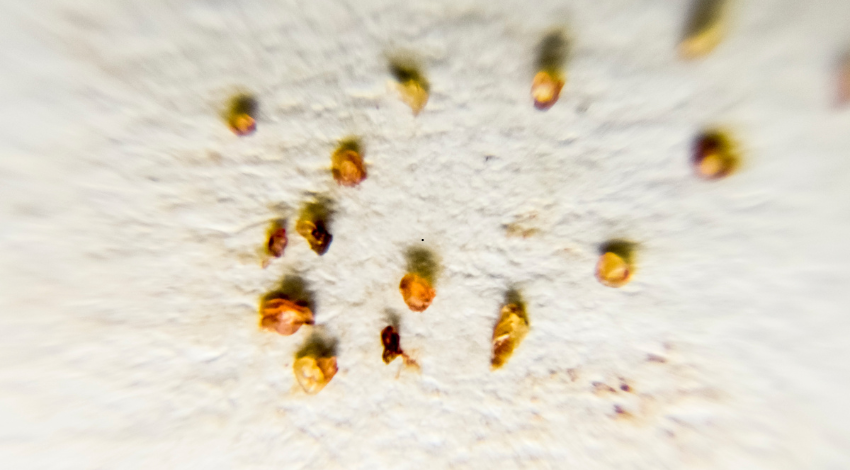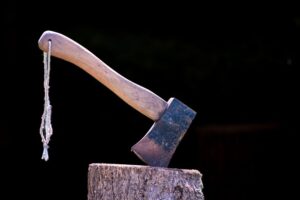Pseudogymnoascus destructans is a macroparasite
Imagine a silent invader creeping through the dark, damp corridors of underground caves. This invader, known as Pseudogymnoascus destructans, has been creating havoc among bat populations. For young scientists, environmentalists, and nature enthusiasts, understanding the impact of this macroparasite is crucial. In this blog, we will uncover what Pseudogymnoascus destructans is, its effects, and what can be done to combat it.
What is Pseudogymnoascus Destructans?
Pseudogymnoascus destructans is a type of fungus that primarily affects bats, causing a disease known as White-nose Syndrome (WNS). This fungus thrives in cold, humid environments, making caves and mines the perfect breeding ground. The name “White-nose Syndrome” comes from the white, fuzzy growth that appears on the muzzle and wings of infected bats.
How Does it Affect Bats?
The impact of Pseudogymnoascus destructans on bats is devastating. The fungus invades the skin tissues of hibernating bats, causing irritation and damage. This leads to frequent awakening during hibernation, which depletes their fat reserves critical for survival through winter. Unable to replenish this energy, many bats eventually die of starvation before spring arrives.
Symptoms of White-nose Syndrome
Bats infected with White-nose Syndrome display several symptoms. These include the distinctive white fuzz on their noses, wings, and ears, excessive waking during hibernation, and unusual behavior such as flying outside during daylight or in freezing temperatures. These symptoms severely weaken the bat, leading to high mortality rates.
The Origin and Spread of Pseudogymnoascus Destructans
The fungus was first identified in North pseudogymnoascus destructans is a macroparasite America in 2006, although it is believed to have originated from Europe. Since its discovery, it has spread rapidly across multiple states and provinces in the US and Canada, wiping out millions of bats. The primary mode of spread is through bat-to-bat contact, although human activity in caves has also contributed to its dissemination.
The Ecological Impact
Bats play a pivotal role in maintaining ecological balance. They control insect populations, pollinate plants, and disperse seeds. The decline in bat populations due to White-nose Syndrome has far-reaching consequences. Increased insect populations can lead to greater crop damage and higher pesticide use, while the loss of pollinators affects plant reproduction.
Measures to Combat Pseudogymnoascus Destructans
Several strategies are being employed to combat the spread of Pseudogymnoascus destructans. Biologists are researching potential treatments and ways to decontaminate caves. Public awareness campaigns are also crucial, encouraging people to avoid disturbing bat habitats, especially during hibernation periods.
The Role of Conservationists
Conservationists play a vital role in battling this crisis. They monitor bat populations, track the spread of the fungus, and develop management strategies. Collaborative efforts between government agencies, non-profits, and the scientific community are essential for effective conservation measures.
The Future Outlook
While the current situation is alarming, there is hope. Research is ongoing to find effective treatments and management pseudogymnoascus destructans is a macroparasite practices. Meanwhile, some bat populations are showing signs of resistance to the fungus. Continued efforts in research, public awareness, and conservation can help mitigate the impact of Pseudogymnoascus destructans.
Conclusion
Pseudogymnoascus destructans poses a significant threat to bat populations and, consequently, to entire ecosystems. Understanding this macroparasite, its effects, and the measures being taken to combat it is essential for anyone invested in environmental conservation. By staying informed and supporting conservation efforts, we can contribute to the fight against White-nose Syndrome and protect our vital bat populations.
Further Steps
To learn more about Pseudogymnoascus destructans and how you can help, consider reaching out to local conservation groups or participating in awareness campaigns. Every effort counts in the battle against this silent killer in our caves.













Post Comment